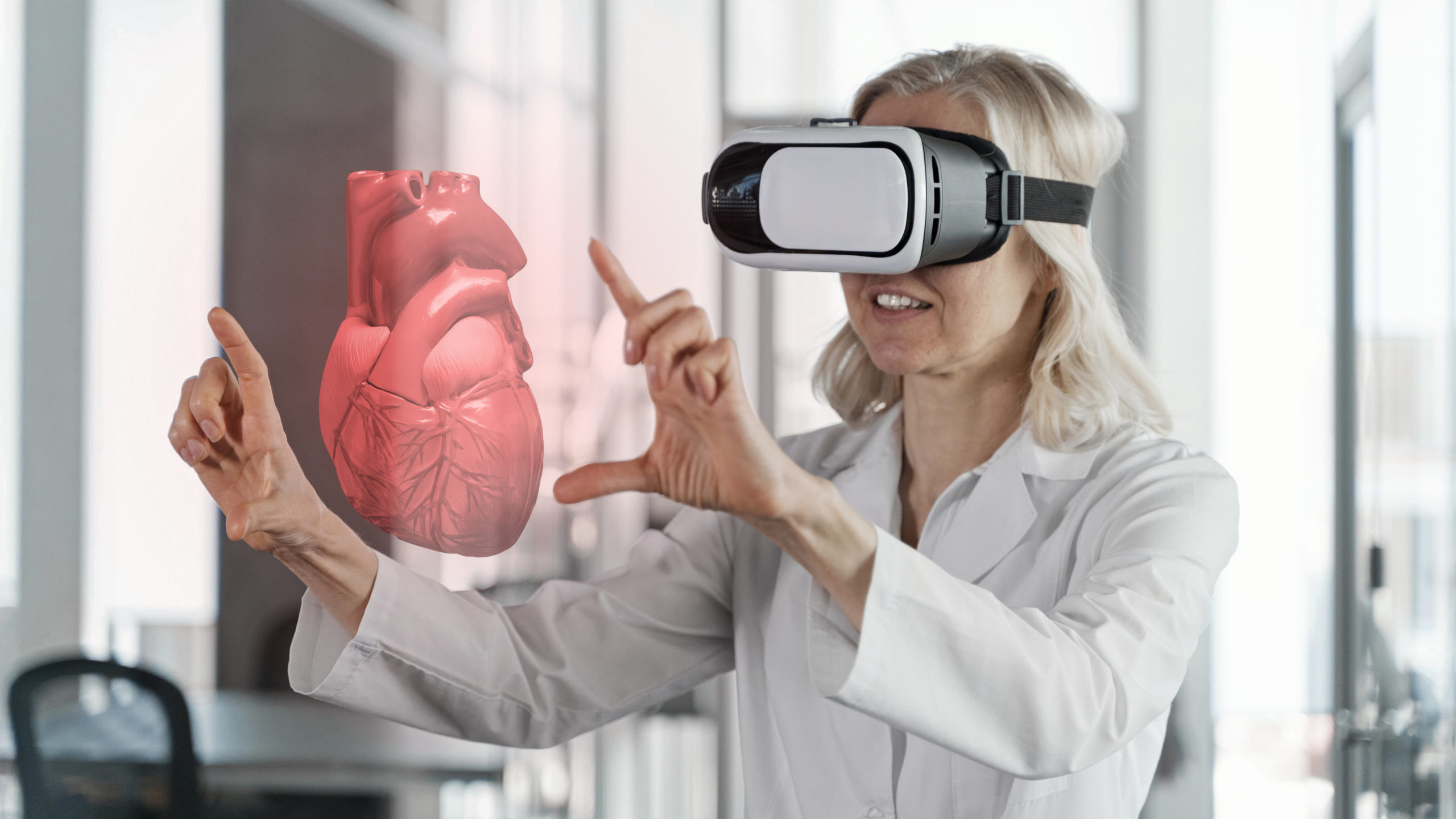The catheterization laboratory, or “cath lab,” is a hub of activity in hospitals worldwide, where life-saving cardiovascular procedures take place. In this highly specialized environment, precision and real-time data are critical for ensuring successful patient outcomes. With the advent of remote monitoring technology, the cath lab is undergoing a transformation. This article explores the growing role of remote monitoring in the cath lab and how it’s improving patient outcomes by providing immediate access to critical data.
1. A Window into the Heart: Real-Time Data at Your Fingertips
Remote monitoring technology in the cath lab offers healthcare professionals immediate access to real-time data, giving them a dynamic view of what’s happening inside the patient’s body. During catheter-based interventions, this data is invaluable, allowing interventional cardiologists to make instant decisions based on the most up-to-date information.
2. Reducing Radiation Exposure: A Safer Environment
Catheter-based interventions often require the use of X-rays for imaging. Remote monitoring technology aids in reducing radiation exposure for healthcare professionals. It allows them to step away from the radiological equipment while still maintaining a clear view of the procedure on screens. This not only enhances safety for the medical team but also minimizes the patient’s exposure to radiation.
3. Remote Consultations: Experts at a Distance
The cath lab is increasingly becoming a hub for telemedicine. Remote monitoring technology enables experts to provide consultations from a distance. Interventional cardiologists can collaborate with their peers worldwide, sharing data, images, and insights in real time. This collaborative approach can lead to more accurate diagnoses and treatment plans.
4. Precise Navigation: Enhanced Visual Guidance
The real-time data provided by remote monitoring technology offers enhanced visual guidance during procedures. Interventional cardiologists can see exactly where the catheter is within the patient’s blood vessels, allowing for precise navigation. This level of precision minimizes the risk of complications and enhances patient safety.
5. Immediate Feedback: Making Informed Decisions
In the cath lab, time is of the essence. Remote monitoring technology ensures that healthcare professionals receive immediate feedback on patient vitals, instrument positioning, and procedure progress. This real-time information enables them to make informed decisions on the spot, enhancing the overall efficiency of the procedure.
6. Post-Procedural Monitoring: Continuous Care
Remote monitoring isn’t limited to the cath lab itself. It extends into the post-procedural phase, allowing for continuous monitoring of the patient’s condition. This ensures that any complications or concerns can be addressed promptly, improving patient outcomes and reducing the need for readmission.
A Future of Safer and More Effective Procedures
Remote monitoring technology in the cath lab is ushering in a new era of cardiovascular care. It’s a future where precision and safety are paramount, where patients receive the most advanced and efficient care, and where the medical community is interconnected, regardless of geographical boundaries.
At MedivationBio, we recognize the profound impact that remote monitoring technology has on patient care. We are dedicated to providing healthcare professionals with the most advanced instruments and tools to enhance patient outcomes. As the field of cardiovascular care continues to evolve, we are committed to playing a pivotal role in this transformative journey towards safer and more effective procedures.
In the cath lab, remote monitoring is not just about technology; it’s about the heartbeat of modern healthcare—continuous, informed, and patient-centered care.

